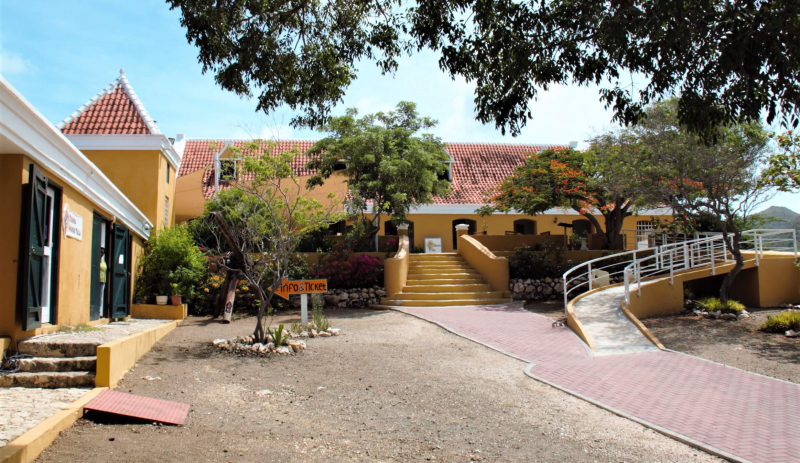Landhuis Knip
The Kenepatree's fruits inspired the name of the Landhuis Knip. The country house was built at the turn of the 18th century. It was originally one of the island's most lucrative plantations. It is also known as one of the most beautiful historical sites in Curaçao. Divi-divi seed-pots and sheep wool were among the products. The colonial house is a significant historical landmark in Curaçao. It was here, on August 17, 1795, when a group of slaves led by Tula refused to labor on the plantation. The rebellious slaves arrived in Santa Cruz, where they were met by a police unit dispatched to assist them.
The country house, which is set on a hill and has all the characteristics of a Curaçao country house, dates from 1830. It's a big home with a wide covered gallery that's totally circular. The saddleback roof is encircled by two sleek, capped gables on the eastern facade, which bear the dates 1830, 1939, and 1985. The house is built in the shape of a rectangle, and the wide galleries on the enormous terraces are designed to keep it cool. It presently houses a museum and a collection of antique furniture. The land house appears to be watching over the two lovely beaches of Kleine Knip and Grote Knip.
The Landhuis Knip today houses a museum dedicated to the revolt and the life of the brave slaves who took part. Modern audio-visual concepts are used to see the exhibits. You can tour the museum on your own or with a group guide.
Location: Lagun









